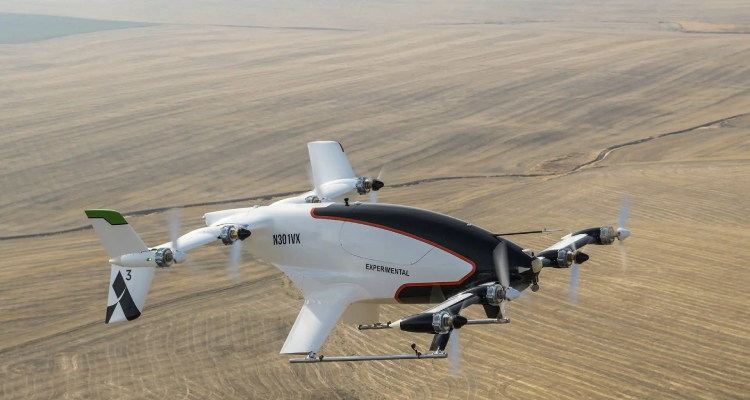
Autonomous aircraft, or unmanned aerial vehicles (UAVs), are revolutionising the aviation industry. While fully autonomous commercial planes may still be a distant reality, significant strides have been made in autonomous technology. This article explores the current state of autonomous aircraft and what the future holds for this groundbreaking innovation.
Early Beginnings: Drones & Military UAVs
The use of drones in the military and for recreational purposes was one of the first steps towards autonomous aviation. Military UAVs such as the Global Hawk and Predator have been employed for reconnaissance and strike missions, setting the stage for civilian applications.
The Level of Autonomy: From Level 1 to 5
The Society of Automotive Engineers (SAE) has outlined five levels of autonomy, ranging from Level 1 (human intervention required) to Level 5 (fully autonomous). Currently, most commercial aircraft operate at Level 2, where some functions like autopilot are automated.
The Role of AI and Machine Learning
Artificial Intelligence (AI) and Machine Learning are key enablers for advancing autonomous flight. From navigation and obstacle detection to decision-making, AI algorithms are becoming increasingly sophisticated.
Regulatory Hurdles
One of the most significant challenges is regulatory approval. Agencies like the Federal Aviation Administration (FAA) and European Union Aviation Safety Agency (EASA) have stringent safety requirements that any autonomous system must meet.
Testing and Trials
Several companies and aviation giants like Boeing and Airbus have been conducting trials on autonomous technology. Airbus’s Vahana and Boeing's PAV are prototypes aimed at urban air mobility, offering a glimpse of what's to come.
The Future: Fully Autonomous Commercial Flights
Although fully autonomous commercial aircraft are still a few decades away, the development of semi-autonomous functions and successful trials herald a promising future.
Frequently Asked Questions
What are the levels of autonomy in aviation?
Levels of autonomy range from Level 1, requiring human intervention, to Level 5, which is fully autonomous.
How is AI shaping autonomous aircraft?
AI and Machine Learning are central to advancing autonomous navigation, obstacle detection, and decision-making processes in aircraft.
What are the regulatory challenges for autonomous aviation?
Stringent safety requirements set by aviation authorities like the FAA and EASA present significant hurdles for the approval of autonomous systems.
Conclusion
While fully autonomous flights may not be just around the corner, the rapid advancements in technology and ongoing research indicate that a new era of aviation is dawning. As AI continues to evolve and regulations adapt, the sky may no longer be the limit for autonomous aircraft.
